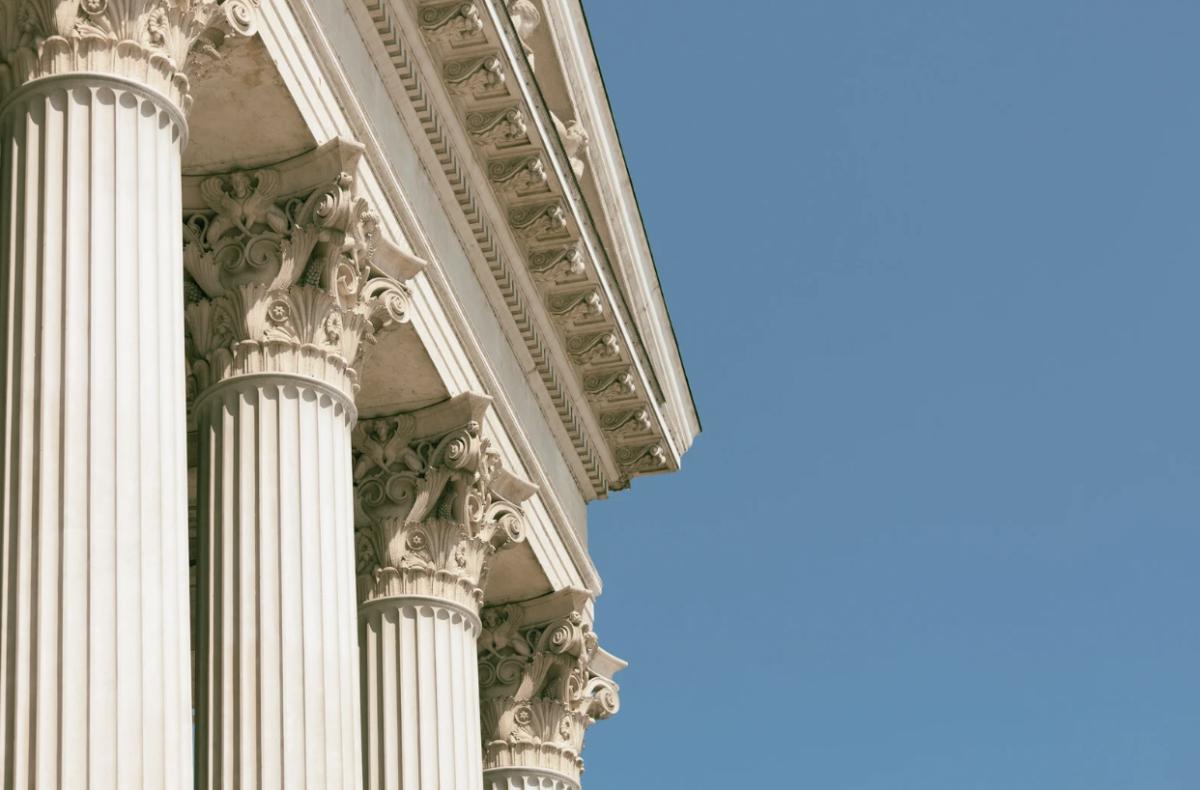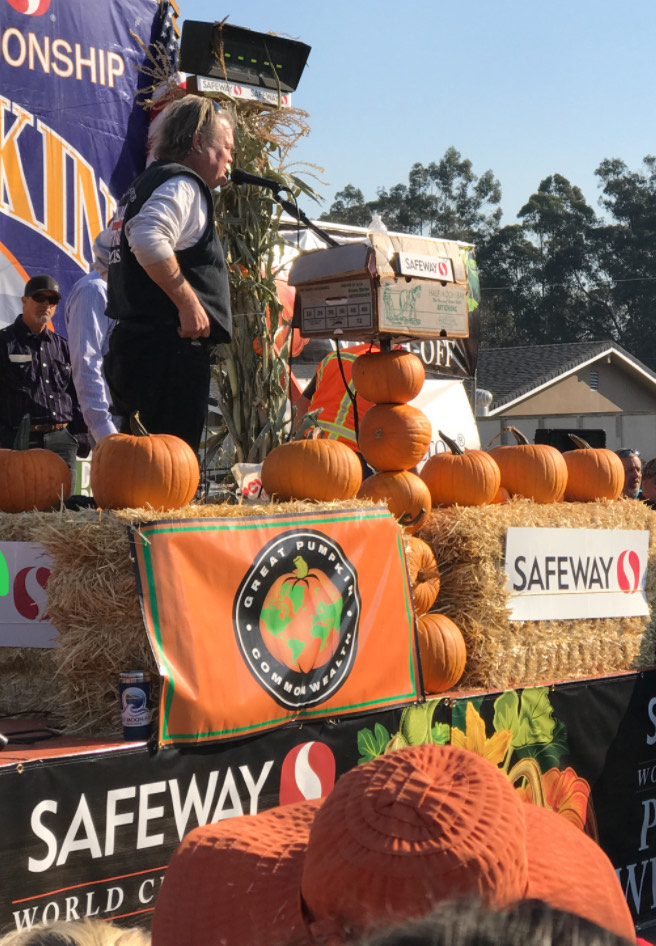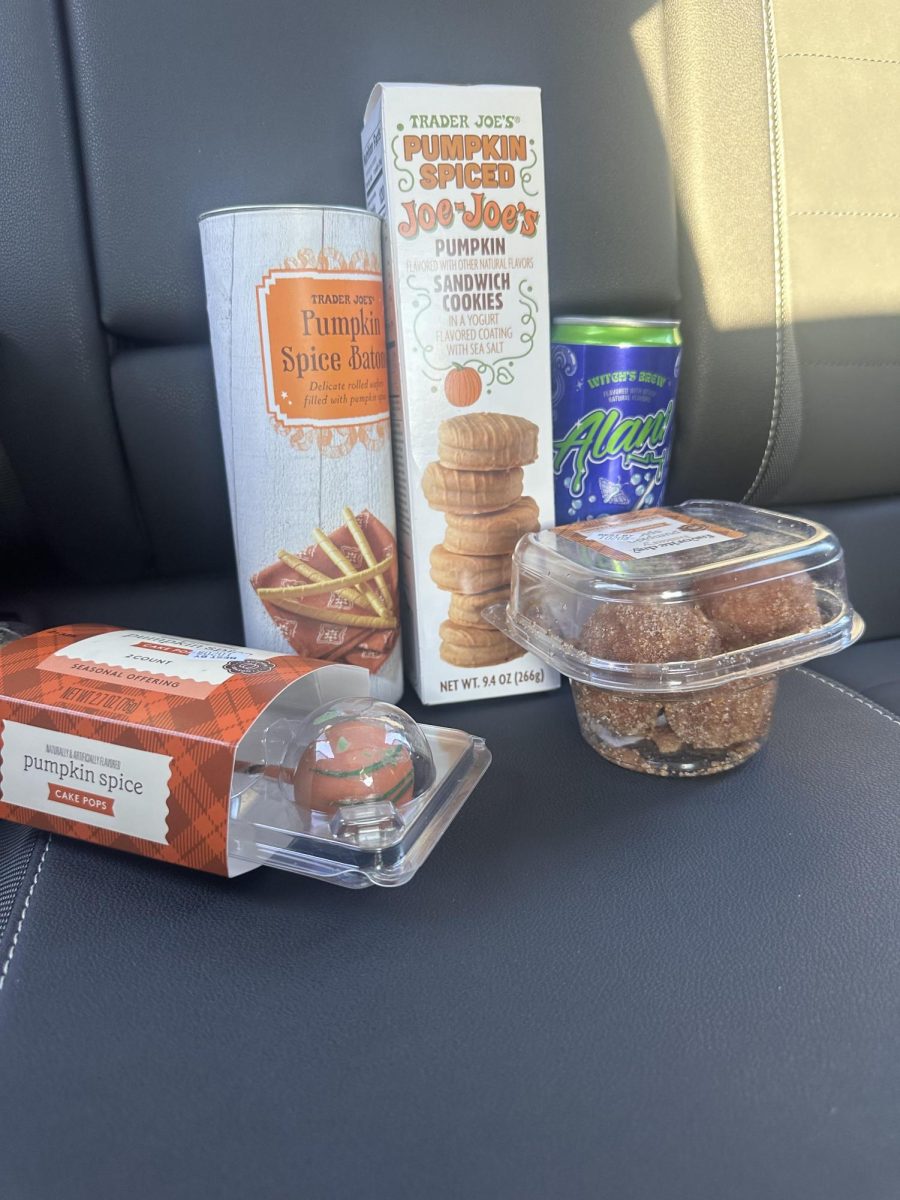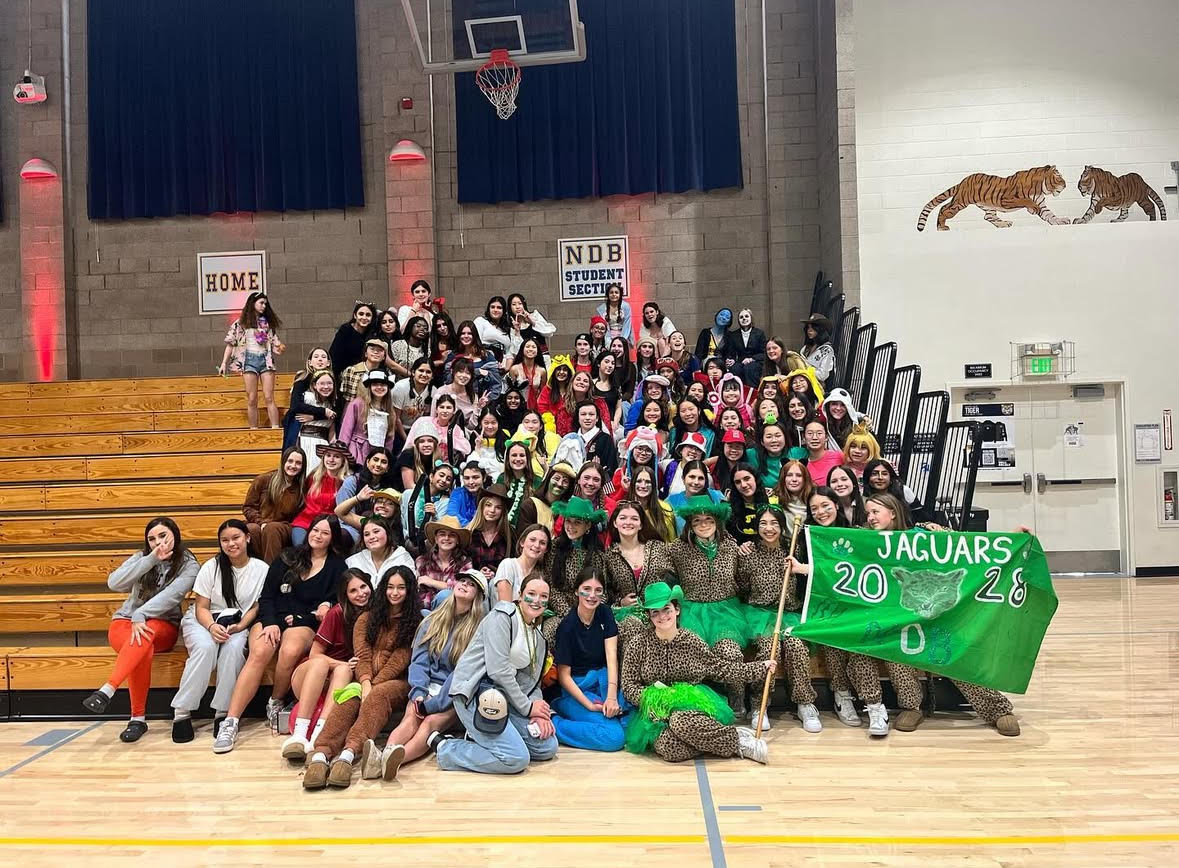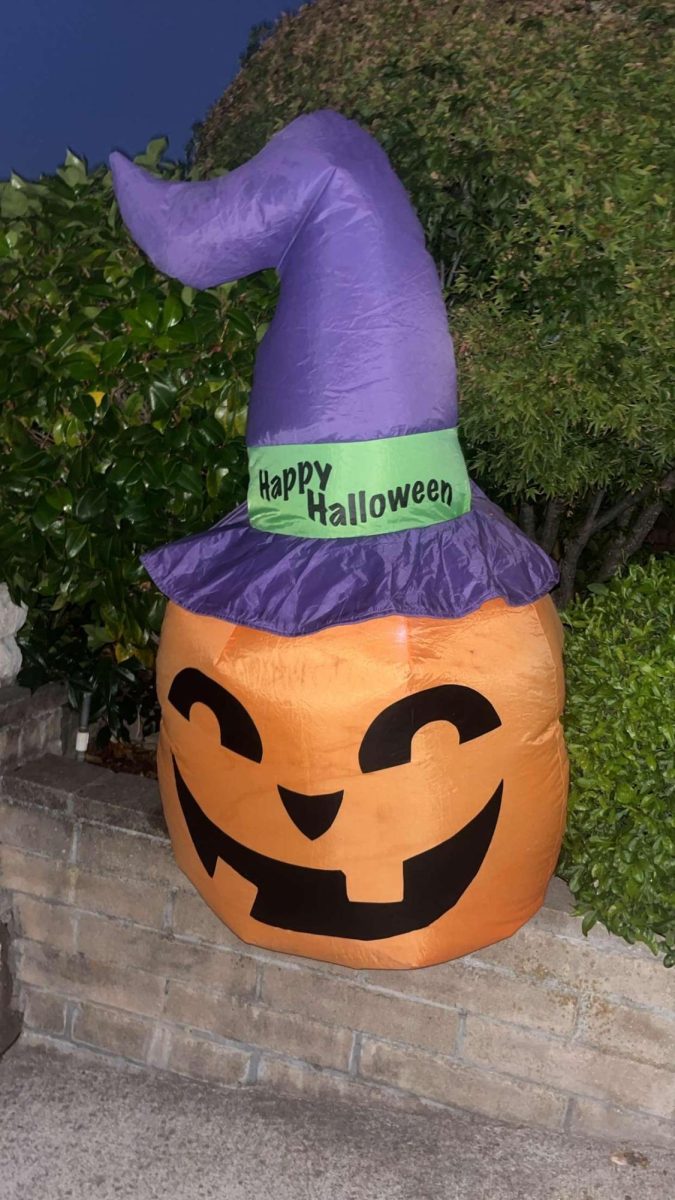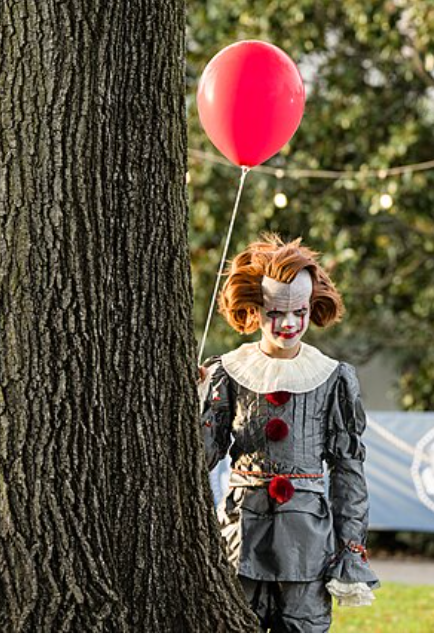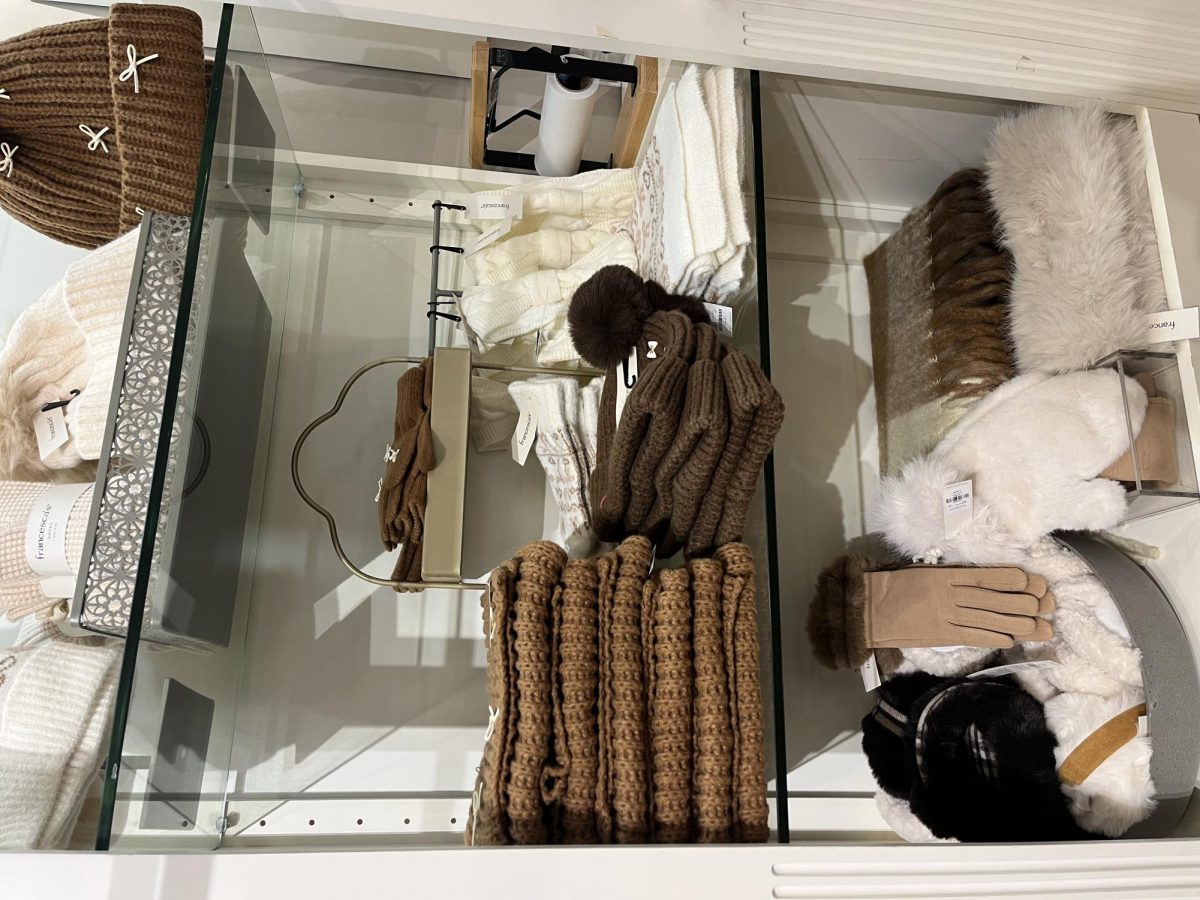Makeup collections can pile up fast, leaving products barely touched. Project Pan, a growing 2025 trend, is the solution, focusing on finishing what people already own to save money and reduce waste.
Project Pan is a challenge that encourages using existing beauty products before purchasing new ones. The goal is to hit the pan of the makeup, meaning using a product until the bottom of the container is showing, causing consumers to focus on using what they already own instead of constantly purchasing.
One of the main reasons for Project Pan is to help the environment. Participating in this plan helps reduce waste in the environment by using already-owned products, which also lessens the amount of packaging and resources consumed. It is a small but impactful way to contribute to a more sustainable world.
Another benefit is saving money, as constantly purchasing new makeup products can be expensive. Focusing on existing products ensures makeup is used up before it expires, preventing wasted money.
An important aspect of Project Pan is its impact on purchasing habits. By prioritizing the use of current products, impulse buying is reduced, and more thoughtful decision-making occurs when considering new purchases.
Participating in Project Pan is simple. First, take note of items in the makeup collection that are only partially used. Then, set goals for items to hit the pan on. For example, if the goal is to finish all blush products, use those items and refrain from buying new ones. Good ways to track progress include photos, journals or social media.
To stay engaged, some people set rewards for themselves after finishing a certain number of products, such as making a long-awaited purchase. Additionally, this project can be extended beyond makeup to include skincare, haircare and other beauty products, further promoting a mindful lifestyle.
Overall, Project Pan is a practical approach to reducing waste, saving money and promoting sustainability in the beauty industry and encourages a conscious use of resources. By embracing this challenge, it is possible to positively impact personal habits and the environment.


